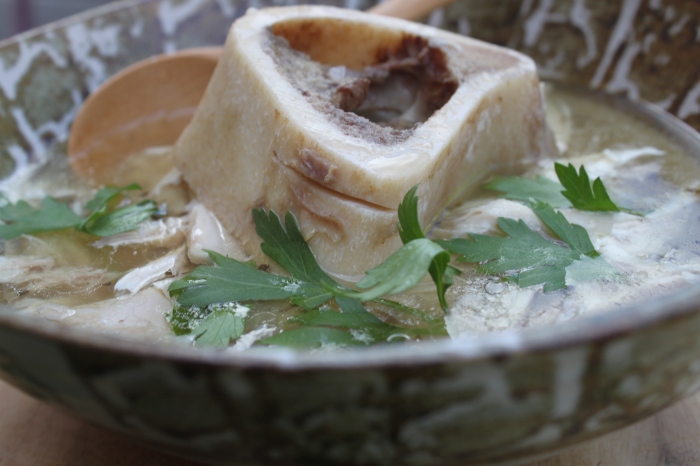
Alexis Soyer, frontispiece engraving from A Shilling Cookery for the People, 1855, public domain.
A few years ago, I read Relish: The Extraordinary Life of Alexis Soyer, Victorian Celebrity Chef by Ruth Cowen, and now Alexis Soyer seems to pop up everywhere I turn. He was an amazing man, one of the first celebrity chefs (complete with his own line of cookbooks and product endorsements) but also an inventor and entrepreneur. Although in his restaurant he mostly cooked for the wealthy and famous he was also involved in philanthropic projects including setting up soup kitchens in Ireland during the Great Famine and working with Florence Nightingale to reform army cooking during the Crimean War.

Alexis Soyer’s Barrack Hospital kitchens in Scutari, Turkey during the Crimean War. Wood engraving. Licensed by the Wellcome Collection under CC BY.
Soyer also produced several cookbooks with recipes for cheap, simple and nutritious recipes that poor people could make at home, or that charities or institutions could make in bulk. These included Soyer’s Charitable Cookery; Or, the Poor Man’s Regenerator Dedicated to the Benevolent, for the Benefit of the Labouring, and Poor Classes of the United Kingdom (c.1847) and A Shilling Cookery for the People: Embracing an Entirely New System of Plain Cookery and Domestic Economy (1855). While the tone of his writing is self-aggrandising and patronising, Soyer evidently put a great deal of effort into the recipes and considered the equipment that people had, the ingredients they could afford, and their experience with cooking.
The Recipe
The first chapter in the A Shilling Cookery for the People contains 37 recipes for soups, stocks and gravies ranging from the extremely simple rice soup (rice boiled in broth) to the aspirational ‘Good White Mock Turtle Soup’. Needing only a heat source and a pot, these soups were adaptable to both older styles of fireplace cookery and the modern stoves. The recipe that I decided to make ‘Ox Tail Soup in Baking Pan’ would have required an oven, but there is another very similar version available for making it on the stove.
Ox Tail Soup in Baking Pan – Divide two ox tails, wash them well in cold water, then put them in the pan, with three teaspoonfuls of salt, one of pepper, four cloves, a little thyme, if handy, two good onions; add three quarts of water, two tablespoons of colouring; put on the cover, place it in a moderate oven for three hours to simmer, take off the fat, which save for use, and serve. Half a pound of any vegetable, mixed or not, cut in dice, can be added with advantage.[1]
The recipe for colouring is given later in the book:
A Common Batter – Put in a basin six good tablespoonfuls of flour, which dilute very slowly with one pint of milk, add one spoonful of salt, quarter that of pepper, beat an egg well in it, if used for toad-in-the-hole. A little parsley, chopped onions, or a little spice, makes an agreeable change; it will also make nice puddings, if baked alone, or under a joint in a well-greased tin.[2]
This recipe is pretty straightforward. The oxtails I bought were already cut up but if you’re buying a whole oxtail then ask your butcher to section it for you or you can do it yourself by cutting in between the caudal vertebrae (The Seasoned Cook has a video of how to do this). The benefit of using oxtail is that it’s very cheap, and it tastes delicious if you give it a long, slow cooking. Once your oxtails are ready, just stick everything in a lidded casserole dish, or a baking dish covered with foil and let it simmer for three hours. For the vegetables, I used leek, turnips and carrots but you could also use potatoes, pumpkin, peas, swedes, parsnips or celery.
[1] Soyer, A Shilling Cookery for the People, 16.
[2] Soyer, 164.

The Redaction
Baked Oxtail Soup
1 tbsp flour
1/6 cup milk
Parsley, chopped (optional)
2 oxtails, sectioned
Thyme
3 tsp salt, plus additional for paste
1 tsp pepper, plus additional for paste
4 cloves
1 onion, chopped
1 leek, chopped
2 turnips, diced
2 small carrots, diced
3 litres water
- Preheat the oven to 180°C. Whisk together the flour, milk, and parsley (if using) until it forms as smooth paste and season with the additional salt and pepper.
- Place all of the other ingredients in a casserole dish or a baking tray. Stir in the flour and milk paste. Cover with a lid, or with aluminium foil.
- Put the dish in the oven and leave to simmer for 3 hours. Skim off any excess fat. Serve hot with crusty bread or buttered toast.

References
Cowen, Ruth. Relish: The Extraordinary Life of Alexis Soyer, Victorian Celebrity Chef. London: Phoenix, 2008.
Soyer, Alexis. The Gastronomic Regenerator: A Simplified and Entirely New System of Cookery; with Nearly Two Thousand Practical Receipts, Suited to the Income of All Classes. London: Simpkin, Marshall, & Company, 1846.
Soyer, Alexis. Soyer’s Charitable Cookery; or, The Poor Man’s Regenerator. 1847. Reprint, London: Simpkin Marshall & Company, 1884.
Soyer, Alexis. A Shilling Cookery for the People: Embracing an Entirely New System of Plain Cookery
and Domestic Economy. London: G. Routledge & Company, 1855.

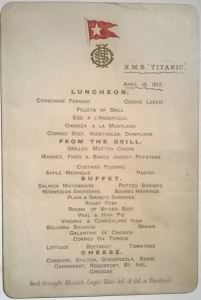
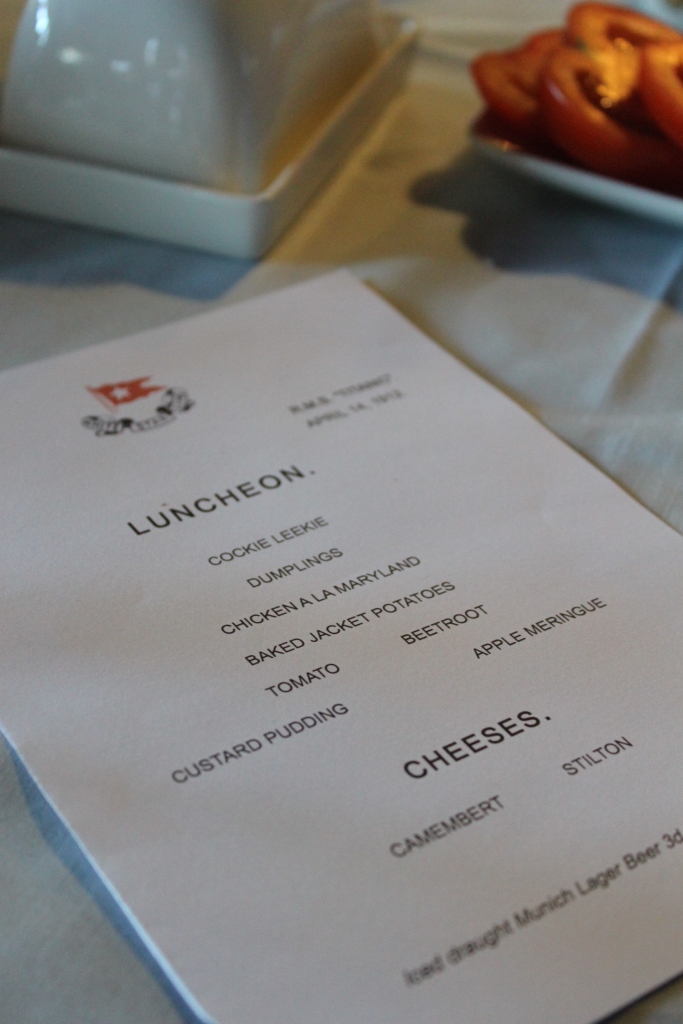
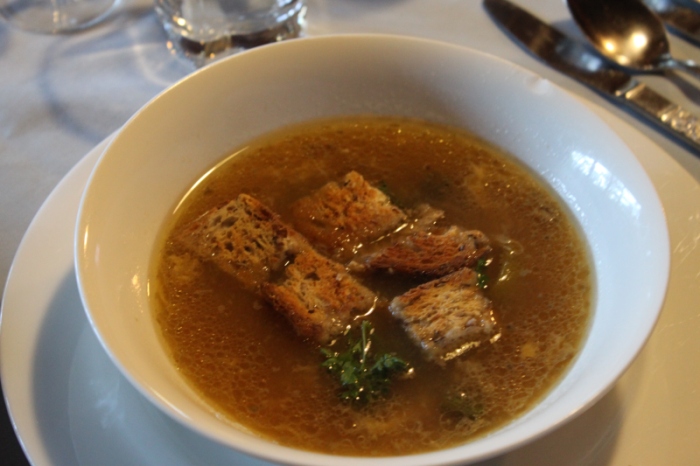
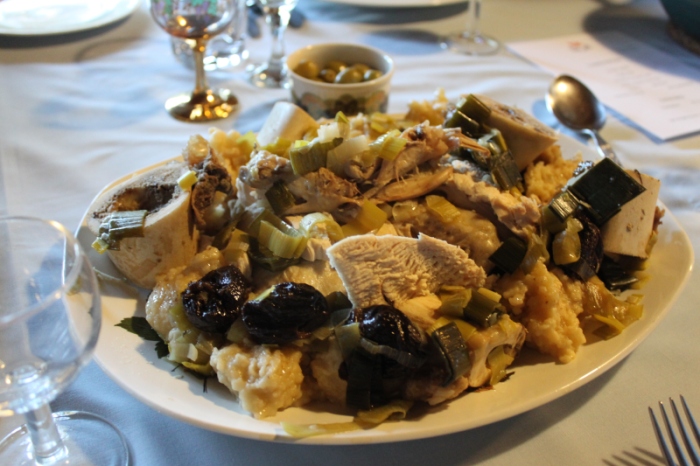
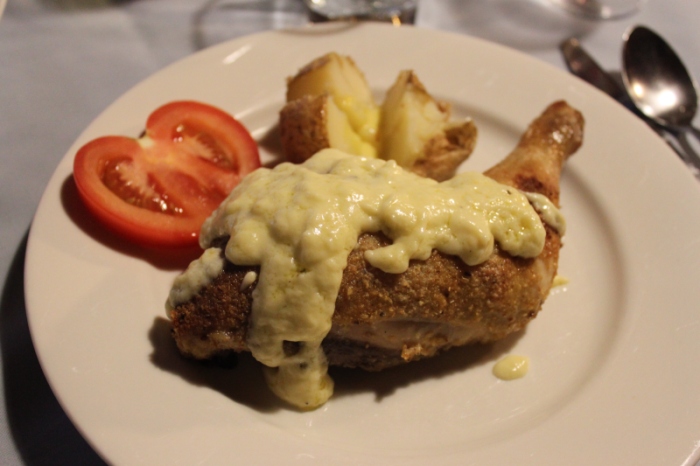
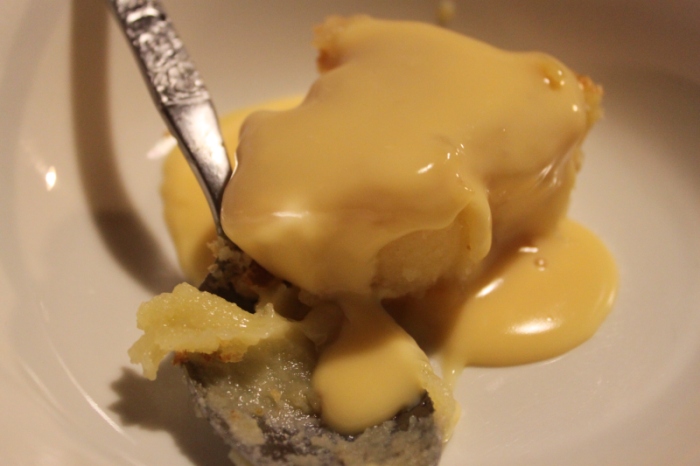
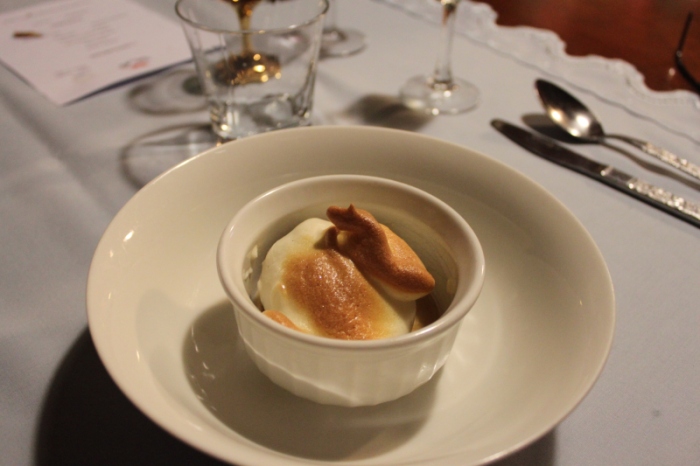
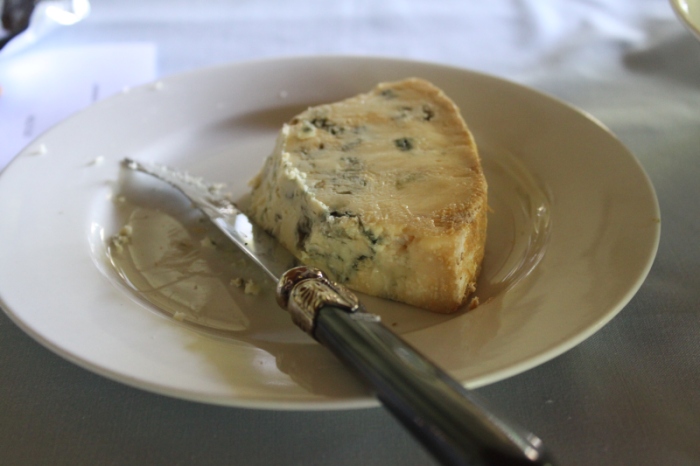

![Henry IV. Anonymous [Public domain], via Wikimedia Commons](http://turnspitandtable.files.wordpress.com/2014/06/henry_iv_of_navarre.jpg?resize=353%2C600)
![Gabrielle d'Estrées, Mistress of Henry IV of France. By Benjamin Foulon or Maître IDC, 1594-1596 [Public domain], via Wikimedia Commons](https://turnspitandtable.files.wordpress.com/2014/06/gabrielledestreesfoulon1594.jpg?w=209&resize=209%2C300)
![Pieter Claesz, Still LIfe with Salt Tub, c. 1644. Pieter Claesz (1597/1598-1660) [Public domain], via Wikimedia Commons](https://turnspitandtable.files.wordpress.com/2014/06/pieter_claesz-_008.jpg?w=800&resize=700%2C835)
